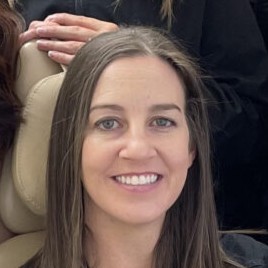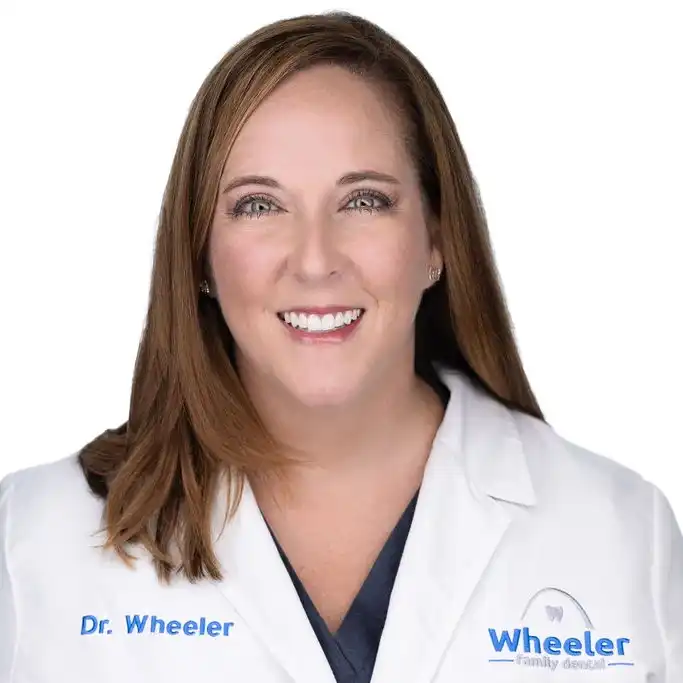If you’re buying or selling a dental practice, you’ll hear the term Goodwill often. Most people have a general idea of what it means, but a clear understanding can make a big difference in a successful transition.
Tangible vs. Intangible Assets
A dental practice is made up of two types of assets:
-
Tangible Assets – the things you can see and touch: operatories, digital x-ray units, handpieces, computers, office furniture, waiting room chairs, etc. An equipment appraiser can determine a fair market value for these items.
-
Supplies & Inventory – dental and office supplies on hand. Typically valued at one to two months’ worth of average expenses.
-
Patient Records – once paper, now often digital. These may be valued by assigning a small dollar amount per active patient file.
A Real-World Example
Let’s say a practice is selling for $600,000.
-
Dental & office equipment: $135,000
-
Supplies: $6,000
-
Patient records: $5,000
Total tangible assets = $146,000
So why is the practice worth $600,000 and not just $146,000?
👉 The remaining $454,000 is the practice’s Goodwill.
Defining Goodwill
Goodwill is the intangible value of a practice — the trust, reputation, and loyalty built with patients and the community over years. It’s what makes patients keep coming back and what makes a Buyer confident in taking over.
In most practices, Goodwill is the largest component of value, often representing 65–70% (or more) of the total purchase price.
Why It Matters
When selling, understanding how your Goodwill is valued helps you maximize your return.
When buying, it helps you recognize what you’re truly paying for — not just equipment, but the patient base and reputation you’ll inherit.
In our next post, we’ll cover how Goodwill can be damaged (or destroyed) during a sale — and how to protect it.
– Bill Otten & Kim Rey








